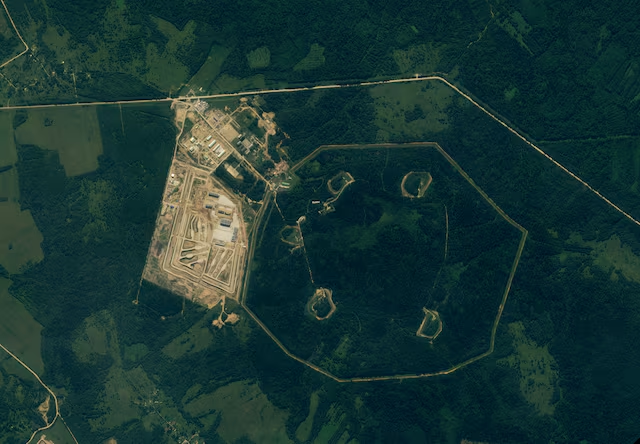Probable Launch Site Identified
According to findings reported by Reuters, two U.S. researchers have pinpointed a construction site in Vologda, Russia, as the likely deployment location for the Burevestnik. The site, situated approximately 295 miles (475 km) north of Moscow, appears to be undergoing significant development, with imagery from July 26, 2024, showing multiple features indicative of a missile launch site.
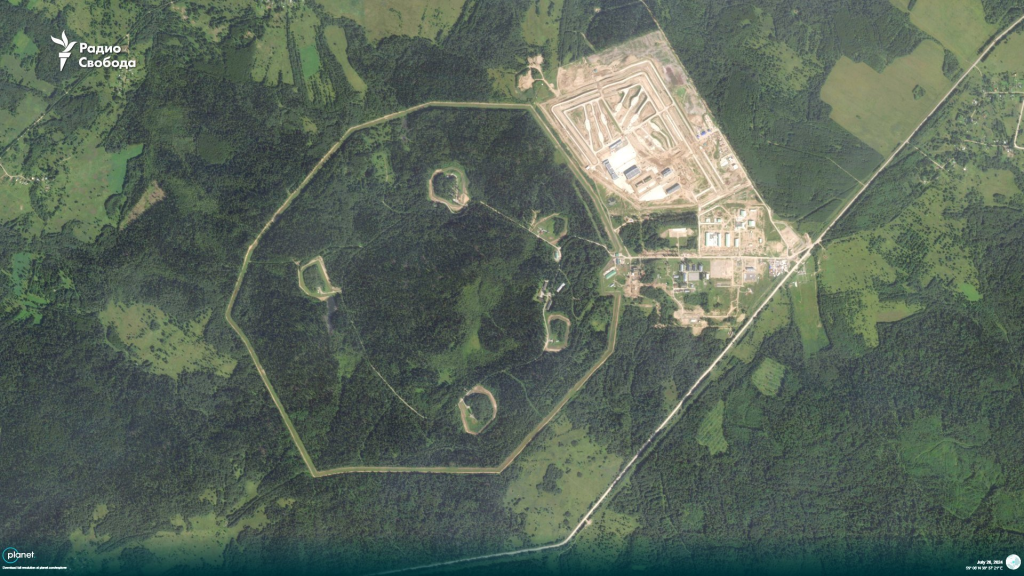
Decker Eveleth, an analyst with the CNA research organization, analyzed the satellite images and identified nine horizontal launch pads under construction. These pads are grouped within high berms designed to protect them from potential attacks or accidental detonations. The site also includes roads linking to buildings likely used for servicing the missiles and a complex of five nuclear warhead storage bunkers.
Missile’s Capabilities and Strategic Value
Putin’s claims about the Burevestnik’s nearly unlimited range and ability to dodge missile defenses have stirred considerable debate. Western experts question these assertions, suggesting that the missile may not provide Russia with new capabilities beyond what it already possesses. The missile’s design, which features a nuclear-powered engine, could potentially result in radiation release along its flight path, raising concerns about its safety and environmental impact.
Hans Kristensen of the Federation of American Scientists noted that while the imagery shows features that could be related to the Burevestnik, a definitive assessment is challenging due to Russia’s practice of keeping missile launchers separate from nuclear warhead storage sites. However, the deployment of the Burevestnik at Vologda would enable rapid readiness and launch capability by storing nuclear-armed missiles at the site.
Test Record and Technical Challenges
The Burevestnik has experienced a troubled test history, with at least 13 known tests since 2016, only two of which were partial successes. A notable setback occurred in 2019 when an unshielded nuclear reactor was allowed to smolder on the White Sea floor following a prototype crash, leading to significant safety concerns.
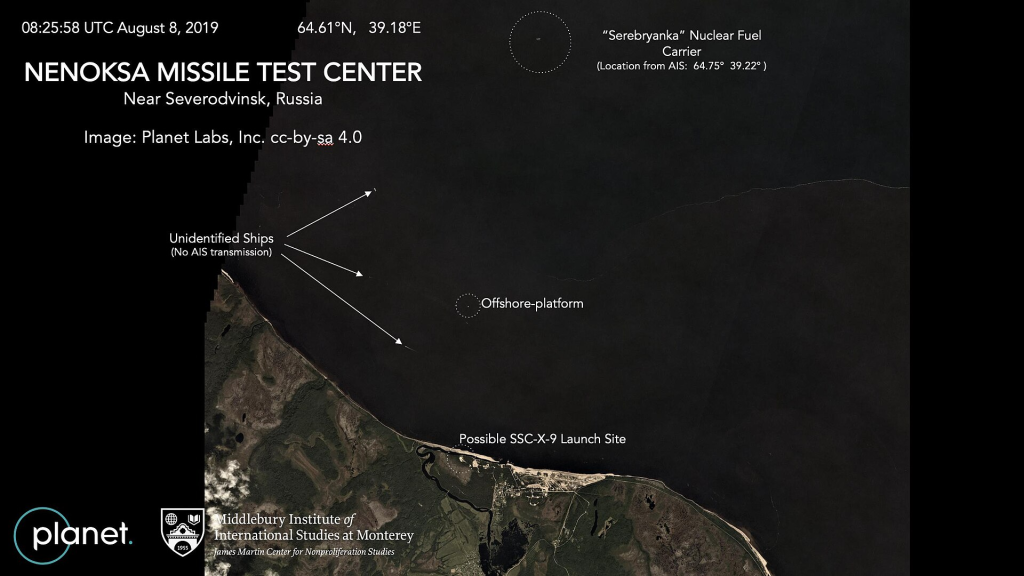
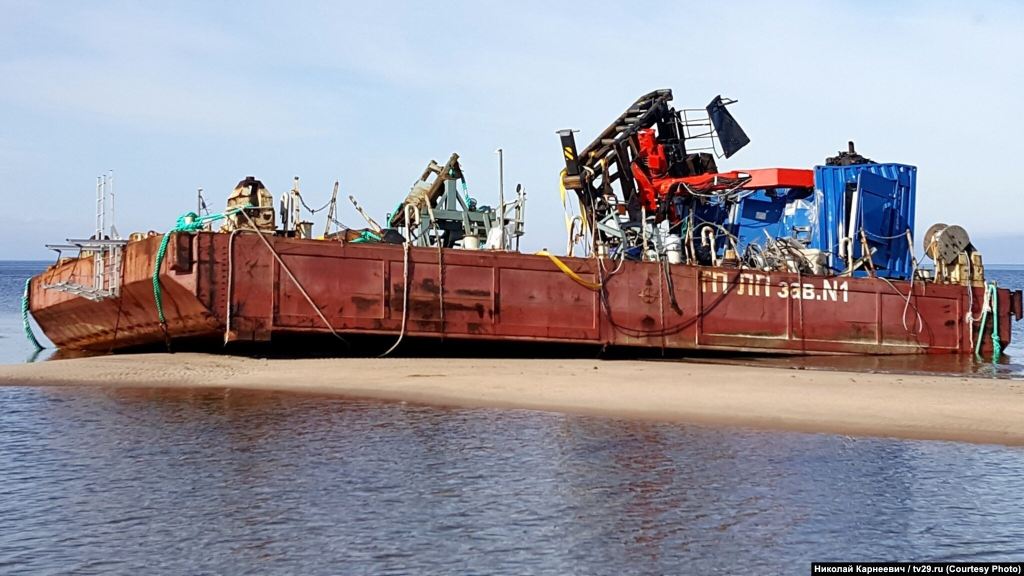
Despite these issues, Russia’s state nuclear agency, Rosatom, has continued development, with President Putin emphasizing the missile’s uniqueness and strategic importance. However, experts like Pavel Podvig from the Geneva-based Center for Arms Control argue that the missile’s deployment may not substantially enhance Russia’s strategic position. The missile’s subsonic speed makes it detectable over long distances, potentially countering its claimed evasion capabilities.
Impact on the World’s Nuclear Arms Dynamics
The Burevestnik’s development is not restricted by the New START treaty, which governs U.S.-Russian strategic nuclear arsenals and is set to expire in February 2026. The treaty allows for potential negotiations on new arms control measures, but recent geopolitical tensions, particularly related to the war in Ukraine, have complicated such discussions.
Podvig suggests that the Burevestnik may serve more as a political tool to bolster Putin’s image and to leverage in future arms control negotiations rather than as a game-changing weapon. He cautions that while the missile presents some innovative aspects, its actual contribution to Russia’s nuclear capabilities might be limited.
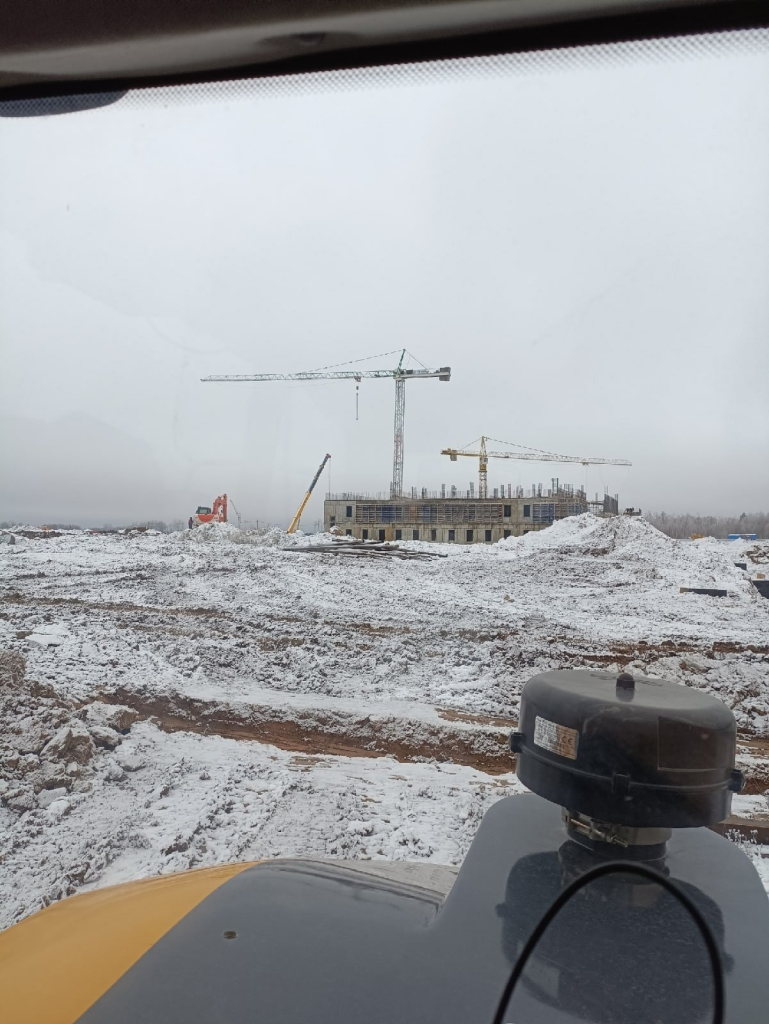

As the development of the Burevestnik progresses, its real-world impact on global nuclear dynamics remains uncertain. The missile’s controversial design and test history, combined with its potential environmental risks, highlight the complexities surrounding this new addition to Russia’s arsenal.
For more updates on international conflict and geopolitical developments, stay tuned!


